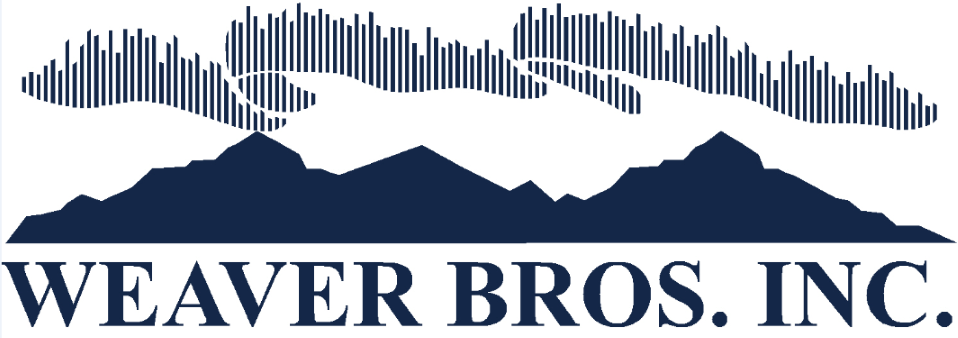
our story
Weaver Bros. was founded in Oregon in 1946. Two brothers, Ken and Russ Weaver, brought their company to Valdez by Crowley barge in 1953. For the first couple of years they hauled asphalt during the summer, then drove their trucks back down the highway. In 1954 they bought a milk transport company in Fairbanks and began running Inland Riverway Barge Lines with one tug and one barge.
In 1955 the two brothers moved their main operations to Anchorage. By the mid-1970’s they had terminals in North Kenai, Anchorage, Fairbanks, Valdez, and Seattle.
Ownership of the company changed hands in the mid-1970’s, and then once again in the fall of 1978, when the Doyle family took over the reins.
At that time the trucking industry in Alaska was heavily regulated. Hauling freight for hire was the exclusive domain of carriers with Interstate Commerce Commission trucking authority. The only way to gain this authority was to purchase it from someone else, as the Doyles did upon purchasing Weaver Bros.
The Doyle family hired drivers and managers who had worked for the “old Weavers,” and opened up terminals in Fairbanks and Anchorage to go along with the Kenai operation. At that time there were still a lot of supplies being hauled north of Fairbanks in support of pipeline construction. It was also a time when the economic picture of Alaska was very bright. Freight rates were still regulated and work was abundant. But from 1982-1986 an economic downturn gripped the entire state of Alaska. The freight volumes moving throughout the state were at pre-pipeline construction levels. The trucking industry had become deregulated and heavy competition had forced freight rates down, in many cases, below profitable levels.
At that time the trucking industry in Alaska was heavily regulated. Hauling freight for hire was the exclusive domain of carriers with Interstate Commerce Commission trucking authority. The only way to gain this authority was to purchase it from someone else, as the Doyles did upon purchasing Weaver Bros.
The Doyle family hired drivers and managers who had worked for the “old Weavers,” and opened up terminals in Fairbanks and Anchorage to go along with the Kenai operation. At that time there were still a lot of supplies being hauled north of Fairbanks in support of pipeline construction. It was also a time when the economic picture of Alaska was very bright. Freight rates were still regulated and work was abundant. But from 1982-1986 an economic downturn gripped the entire state of Alaska. The freight volumes moving throughout the state were at pre-pipeline construction levels. The trucking industry had become deregulated and heavy competition had forced freight rates down, in many cases, below profitable levels.
By the middle of the decade, however, the industry, and Weaver Brothers in particular, started to see a turnaround.
Historically asphalt hauling, line haul work, and general freight drayage was provided for customers such as ARCO, Chevron, MAPCO, Sea-Land Services, SOHIO, Tesoro, Texaco, TOTE, and others. This launched a steady growth curve that continues nearly two decades later.
Today we match our customer’s sales and operational needs with modern technology and good old-fashioned safe and dependable services. The dedicated, hard-working employees of Weaver Brothers are proud to provide the best transportation services in Alaska to our customers in the construction, energy, mining, retail and wholesale, transportation, warehouse, and government industries.
safety, quality, people, and dependability
OUR VISION
“ALASKA’S BEST TRANSPORTATION TEAM.”
OUR MISSION
“WE WILL PROVIDE SAFE AND DEPENDABLE SERVICES.”
KEY STRATEGIES
safety/professionalism
We will maintain a “Safety First” culture throughout the WBI organization and with our customers.
people
Maintain a “family culture” providing feedback, training and recognition that fosters an entrepreneurial spirit in a positive teamwork environment.
customer service
We will maintain customer service as a priority in every aspect of our business.
versatility
Embrace innovation and versatility from customers and employees as a key to keeping a steap ahead of the competition.
Financial
We will maintain company health, protect job security and provide competitive salaries and benefits by remaining profitable.
